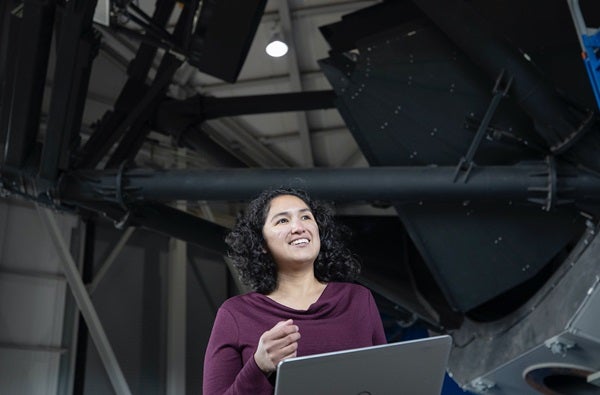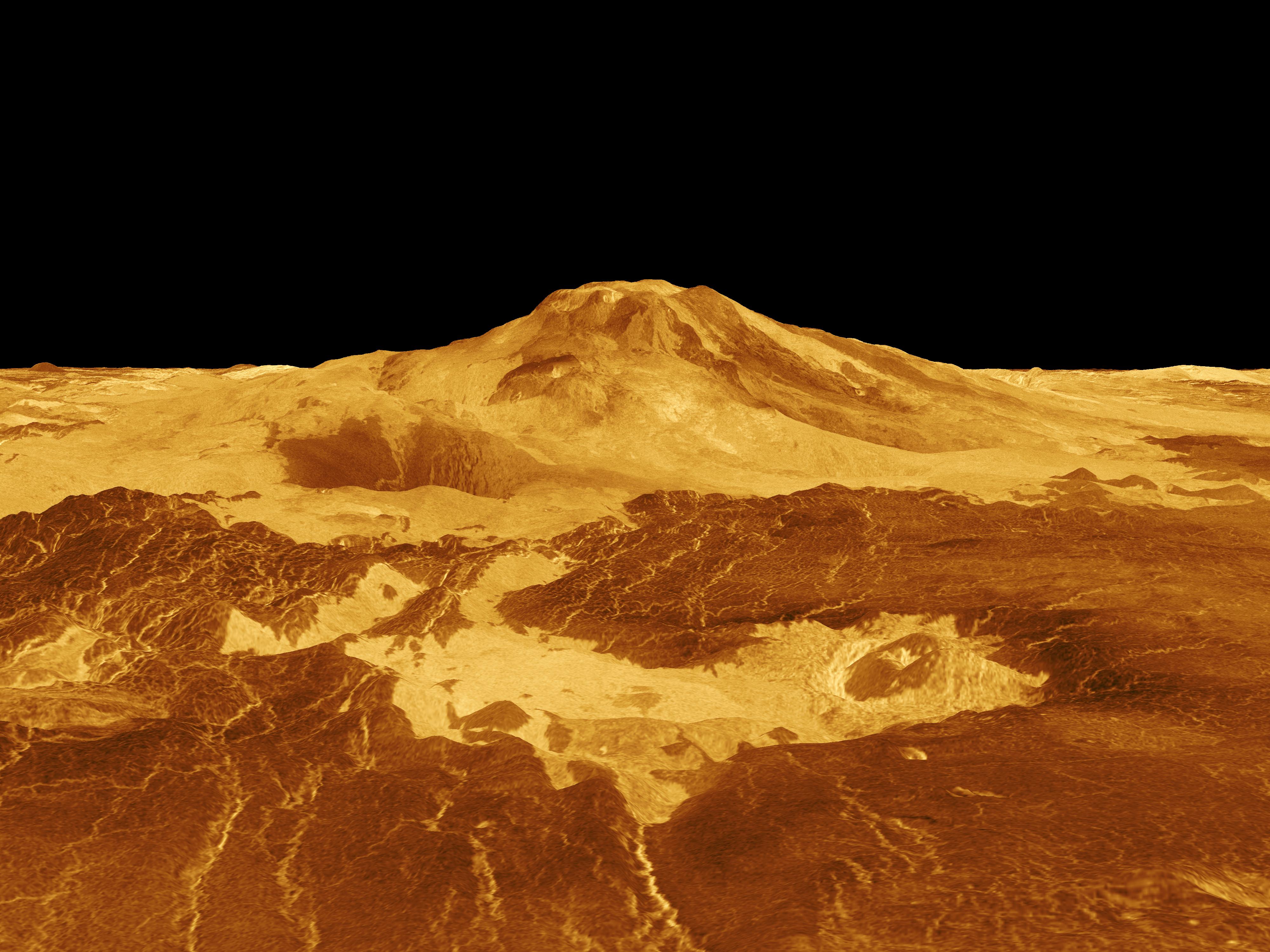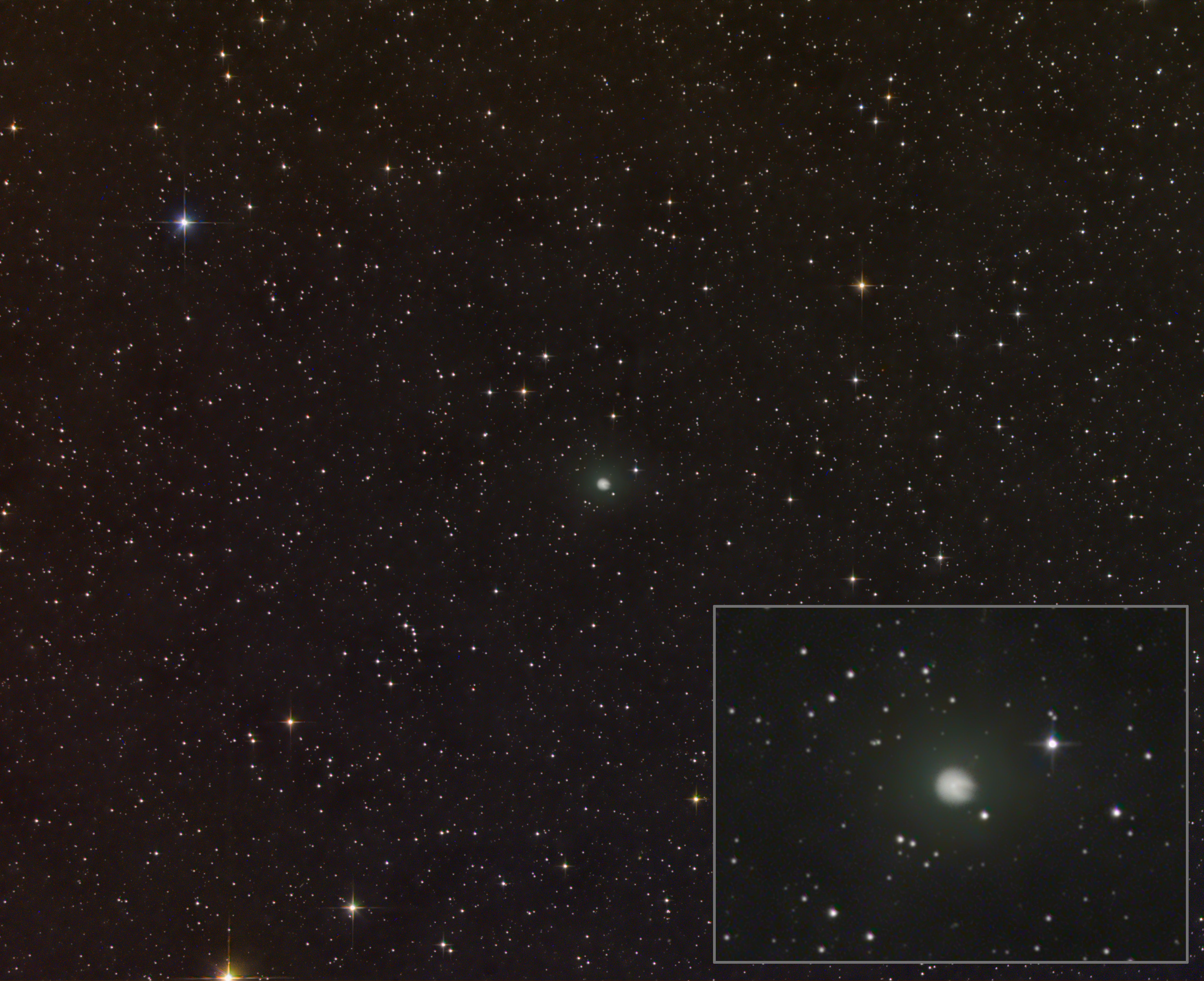Cristina Thomas fondly remembers looking at the Moon through her family’s small telescope. She also remembers “a big picture book” she had at age 7 or 8, “that described the planets, that had these giant new Voyager pictures in it.” Then there was an open house at the Jet Propulsion Laboratory that she attended as a teen, where she talked to the scientists. That experience, she says, “helped solidify … this is a thing that people do as a job. I thought: ‘I wanted to be an astronomer.’ ”
She pursued that dream at Caltech. There, Thomas — who is of Indigenous Mexican heritage — was a woman of color in a mostly white male student body. And most of her peers had a more advanced STEM background. The classes “were way harder than I ever anticipated,” she says, even as she discovered her love for planetary science. But the arrival of Spirit and Opportunity on Mars, as well as a general sense of a revival in solar system exploration, helped Thomas weather the hard work.
She found ways to ensure success and excellence, working overtime and seeking support. She asked questions ceaselessly. “Thankfully, everyone that I did talk to and approach, 90 percent of them were fantastic. And so it’s really a credit to all of them that I was able to keep pushing forward and to make progress.”
Now, the 39-year-old planetary astronomer is an assistant professor in the Department of Astronomy and Planetary Science at Northern Arizona University (NAU) in Flagstaff, Arizona. Inspired by learning how spectroscopy could link meteorites to asteroids and reveal their compositions, her current work still focuses on asteroids. After all, she says, researchers have numerous pieces of iron meteorites that came from the cores of large, differentiated bodies that smashed together, creating debris. But “what happened to the rest of the objects? The crusts? The mantles? Where did they go?” she asks.
Thomas is also excited to lead the Observations Working Group on the Double Asteroid Redirection Test (DART) Investigation Team. DART will hit the moonlet of a near-Earth asteroid this fall in an attempt to understand how to redirect objects that threaten our planet. “I think that it’s going to be a really big deal,” she says.
Paying forward the support and sense of community she received as a student, Thomas is also part of an Indigenous Research and Teaching Circle at NAU, where she teaches courses in Indigenous astronomy.
She has one more important ongoing project: “I’ve been looking for [that childhood book on the solar system] for years, but never found it again. I have no idea what book it was, but it was very cool and very influential,” she says. “The fact that we could do this type of exploration was kind of mind-blowing.”
Make sure to explore our full list of 25 rising stars in astronomy. Check back each week for a new profile!
To get the latest astronomical news and observing content delivered directly to your door, subscribe to Astronomy magazine today!










